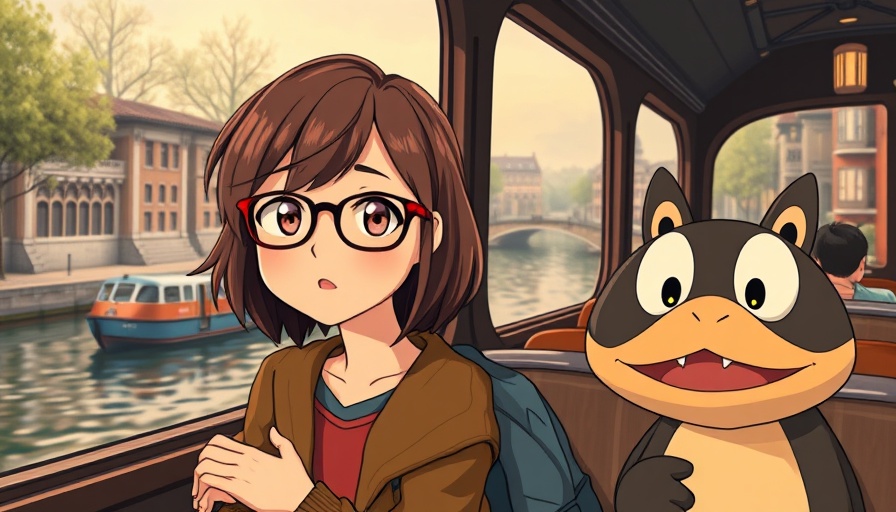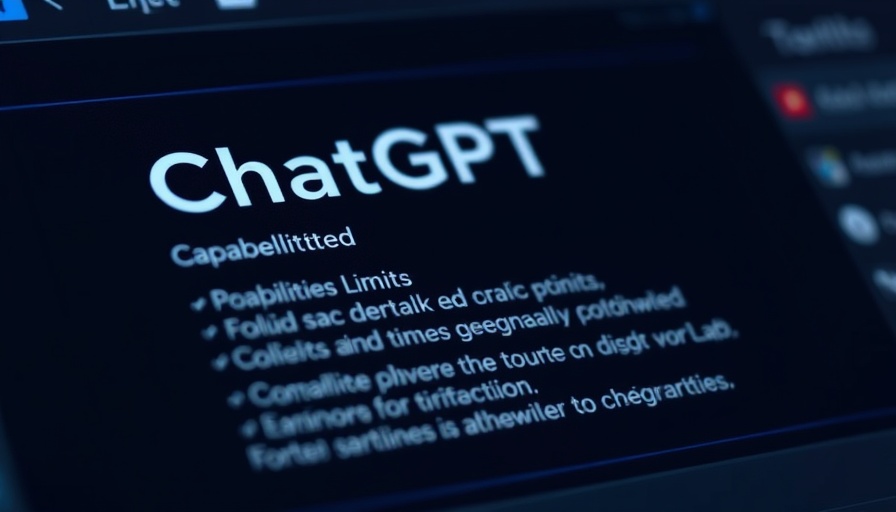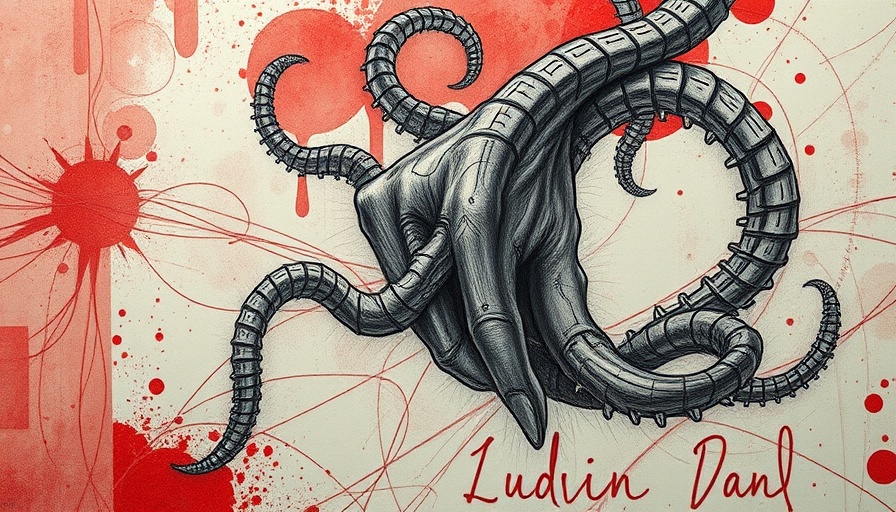
The Studio Ghibli Phenomenon in AI Art Generation
In recent weeks, the emergence of powerful AI art generators like OpenAI's new tool within ChatGPT has sparked widespread fascination. Among the countless creations birthed by users, a striking trend has surfaced: the Ghibli-ification of everything. This term encapsulates how users are deftly transforming scenes, characters, and settings into distinctively whimsical and enchanting visuals reminiscent of Studio Ghibli films. With just a prompt, it appears almost anything can be reimagined through this lens, raising important questions about creativity and ownership.
The Joy and Ethical Quandaries of AI Artwork
This newfound capability offers a double-edged sword. On one hand, the possibilities of generating art are exhilarating—and the results sometimes gorgeous, sparking joy and allowing users to express their creativity in unprecedented ways. However, beneath this surface righteousness lies a troubling legal and moral landscape. Intellectual property law grapples with the implications of AI-generated art, particularly when it draws heavily from the unique styles of existing creators, like Studio Ghibli.
What Does This Mean for Artists and AI?
The discussion expands as we consider the implications for traditional artists whose styles and visions may be mimicked, appropriated, or diluted in the era of AI. Can AI tools appreciably contribute to art, or do they merely serve to homogenize creative expression? Many advocate for clearer guidelines that simultaneously protect original artists while allowing AI technology to flourish headily. Critics fear that if infringement laws remain undeveloped, we could see a dilution of artistic integrity.
The Future of AI Art Generation: What Lies Ahead?
Looking ahead, the trajectory of AI art generation remains both alluring and uncertain. As technology continues to evolve, so too must our understanding of its implications. What if AI could not only replicate existing styles but also invent wholly new ones? The lines between inspiration and imitation grow increasingly blurred, potentially leading to an environment where artistic ownership is unstably defined.
Current Events and Trends Affecting the AI Landscape
This shift in visual culture simulates larger discussions on AI in society, particularly those concerning data privacy, transparency, and ethical standards. Just as we've seen discussions around licensing in AI-generated music and writing, visual art is swiftly becoming a key battleground. This is evident in the rising chatter surrounding how tech giants will adapt their policies in response to these changing tides.
Challenges for Creators in the AI Era
The unique difficulties posed by AI tools will require both creators and platforms to navigate an uncharted landscape. Artists must contemplate the tools available while navigating the risk of their styles being diluted through AI algorithms trained on an array of existing artwork. This evolving tech trend appears primarily driven by user engagement and virality. Many must assess how to adapt without compromising their artistic voices.
Conclusion: Embracing or Resisting the AI-Driven Landscape?
As we reflect on the Ghibli-ification of art generated by AI, it's vital to recognize the importance of protecting artistic creators while also embracing the exciting possibilities that new technology affords. The conversation surrounding AI-generated art is only just beginning, but it is crucial for both artists and AI enthusiasts to engage with it actively. Understanding the intricate balance between progress and preservation will be key as we venture deeper into this innovative yet delicate arena.
As we consider these implications, it’s time for community engagement. Join the conversation about how we can shape responsible AI usage and ensure that artistic creativity is respected and preserved in this rapidly evolving landscape. Share your thoughts and perspectives on forums or social media to help foster a well-rounded discussion!
 Add Row
Add Row  Add
Add 




 Add Row
Add Row  Add
Add 

Write A Comment